The content of the article
A small kitten must feed her cat with her milk. But there are situations that she simply is not next to the cub. In this case, the task is transferred to the shoulders of the owner. The most convenient way is feeding from a syringe.
What syringe is needed?
Sometimes, not only a small kitten, but also an adult pet can be fed from a syringe during an illness. A syringe designed specifically for feeding can be purchased at a veterinary pharmacy. But you can use a simple medical one.
Kitten preparation
If the kitten is tiny or very calm, you don’t need to fix it. To create him comfortable conditions that will resemble a cat, use a ditch. It is covered with soft material.
Feeding
In order for the kitten to feel the taste of food, and then continue to independently eat from the syringe, it is necessary to make him take one sip. The syringe is brought to the nose of the animal, it feels the aroma of food, and should open its mouth. At this point, you need to drip him a small amount of food on his tongue, raise his head slightly and pat him down the neck. This will result in swallowing.
If the animal does not want to eat for any reason, you will have to feed it by force. Do not be afraid to cause him discomfort. After all, if a small pet does not take food, it will weaken, begin to hurt.
What needs to be done to feed a small pet from a syringe?
- Open his mouth.
- Then insert the syringe, pointing it towards the sky or cheeks.
- A little food is squeezed out of the syringe, not more than a teaspoon.
- Before the next serving, the animal must swallow the previous one.
During such feeding, it is important to ensure that food does not enter the respiratory system. The head should not tip over too much. If the animal will break out, do not start to feel sorry for it, it is important not to forget that it simply needs food for life.
What to feed
An ideal option for feeding very small kittens would be a special mixture with milk content. It can be purchased at a veterinary pharmacy. Eating such a mixture, a small pet will receive everything that it needs. After all, the mixture is an analogue of cat's milk. It will not cause digestive upsets.
If you can’t purchase a special mixture, you can replace it with cow's milk. You need to add a little protein to it. Another suitable nutritional option is a baby formula.
Feed amount
The portion is determined depending on how much the pet weighs and how old it is. For every 100 g of weight, a kitten aged 1-4 days should consume about 30 ml of the mixture. Every 9-10 days, the amount of food must be increased by 8-9 ml.
Feeding consists of 2 parts, since a small pet usually wants to use the toilet during meals. After this, you will need to continue feeding.
During the first stage, the kitten eats quite actively. And in the second stage, he will eat much less. When he eats up, he begins to suck the syringe more and more weakly, and then begins to fall asleep.
If the kitten is completely healthy and usually eats normally, then the remaining food should not be poured into it by force. If he no longer wants to eat, he must be left.
Food temperature
When feeding kittens, it is very important to monitor the temperature of the food. After all, the digestive organs of these babies have not yet fully strengthened. Before each feeding, control the temperature of the food.
During the first week of life, kittens eat food at about 39 ° C, when the pet is more than 2 weeks old, the food is heated to 30 ° C, and 3 and 4 week old kittens need to be given food at a temperature of 29 and 25 ° C, respectively.
To understand that the food for the kitten has a normal temperature is not difficult. The syringe must be applied to the bend of the elbow. It should not seem cold or hot.
Frequency of Feeding
A monthly kitten should eat every 4 hours. Kittens that are more than a month old can eat twice a day. At the same time, it will be possible to add special food for kittens of this age to the diet.
When you decide to take such a small kitten into your home, it is important to remember that this is a big responsibility. After all, this is a helpless living creature that requires constant attention. To grow a healthy raised cat out of him, you will have to make a lot of effort. Think about whether you have time for this.
Video: feeding orphaned kittens from a syringe


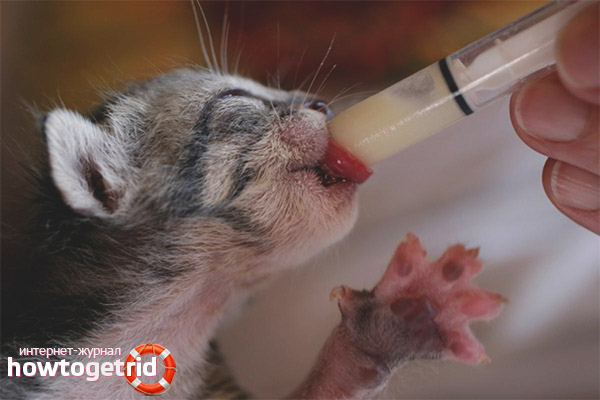



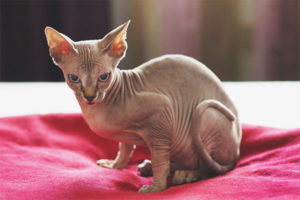
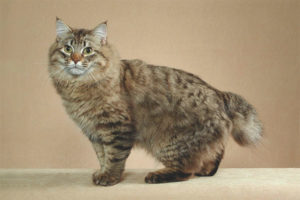
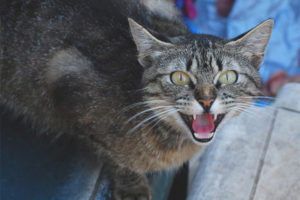
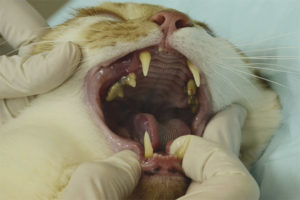
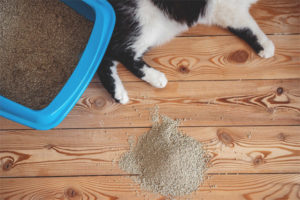
Submit